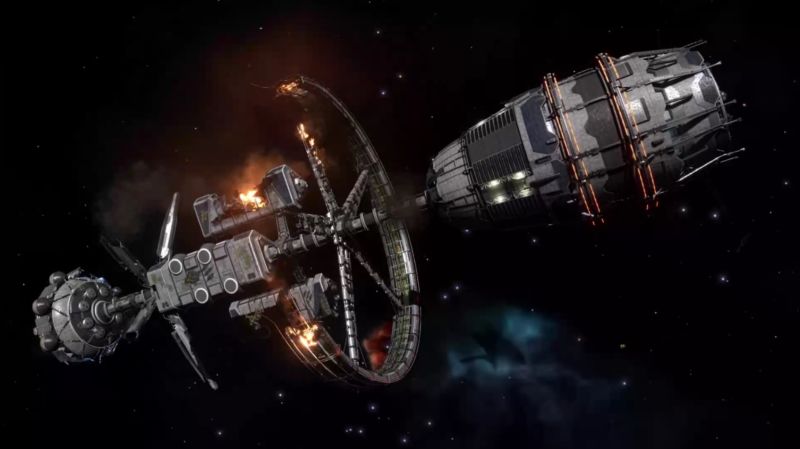i think morbad found a way to deactivate the filters
the downside is, you will also get back bright night sides of planets
Several of us have independently discovered that altering the line "<PrototypeLightingBalancesEnabled>1</PrototypeLightingBalancesEnabled>" to "0" under the HDRNode_Reference" section, inside the main GraphicsConfiguration.xml, in the game's install directory (applying the change to the override file does not work), will knock out the global color filter. However, this also has numerous other effects. One is, as you mention, the re-lightening of the dark sides of planets. Another is a general shift of the illumination color gradients toward blue, irrespective of what it's supposed to be.
I posted some comparisons here: https://forums.frontier.co.uk/showt...ettings-Beyond-Ultra/page5?highlight=graphics
Overall, the config files don't seem to provide enough granularity of options to separate the changes into a mix where everyone can get a satisfactory experience. At this point, I've settled on simply reducing the bloom intensity by turning down the "GlareScale" and "FilterRadius" as I find the global color filter, as annoying as can be, more acceptable than losing all the lighting balances.
Last edited:

